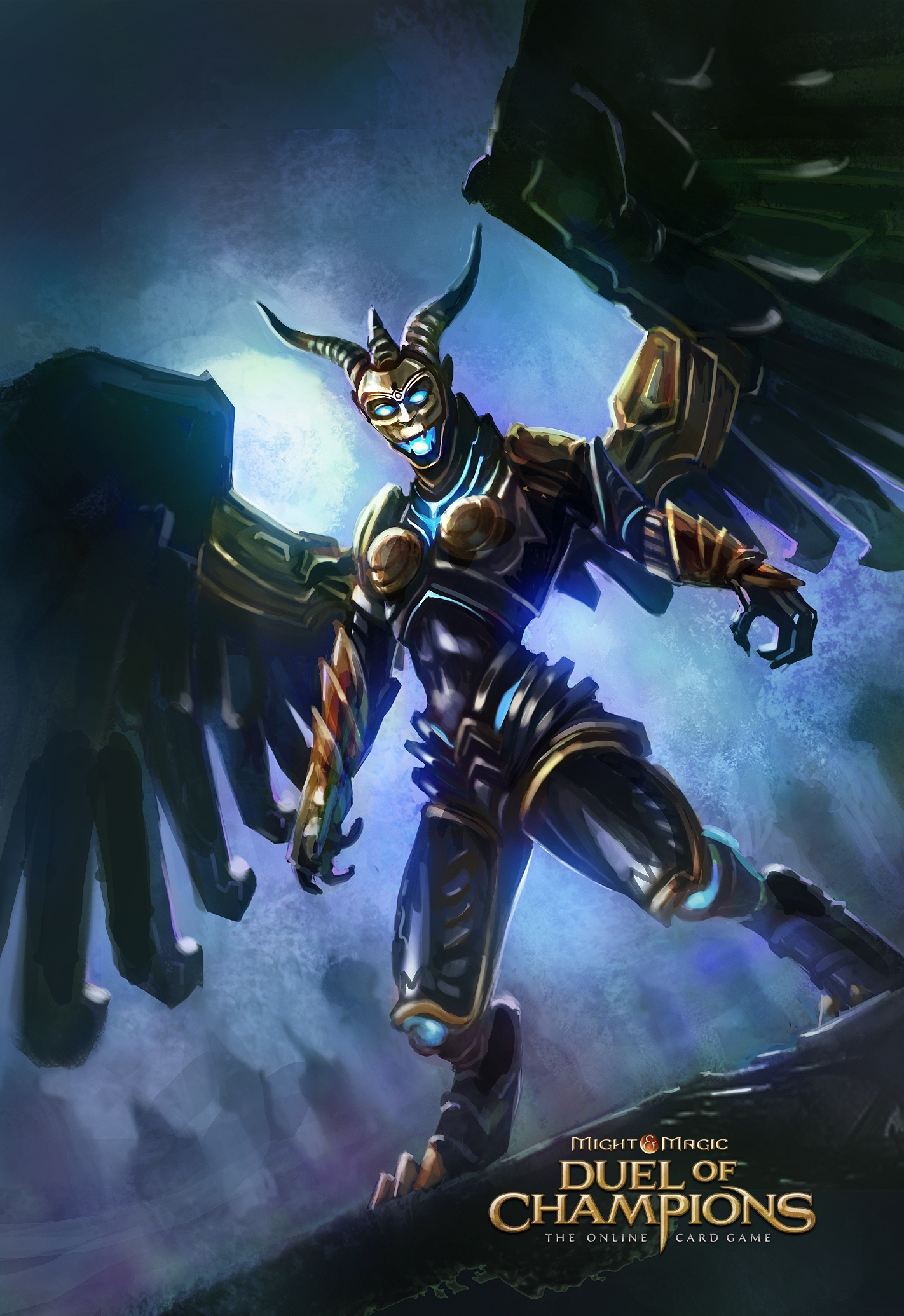Obsidian (/əbˈsɪdiən/) is a naturally occurring volcanic glass formed when lava extruded from a volcano cools rapidly with minimal crystal growth. It is an igneous rock. Obsidian is produced from felsic lava, rich in the lighter elements such as silicon, oxygen, aluminium, sodium, and potassium. This polished obsidian horse can become a nightmare for up to 24 hours. The nightmare fights only to defend itself. Once it has been used, it can't be used again until 5 days have passed. Obsidian is a stone of prudence. When worn constantly, Obsidian may force its wearer to reduce his activity, make him inert. It is a magic stone. Any magician has an Obsidian stone to concentrate astral forces, to grant victory over astral spirits. Obsidian Magic (Legacy Series Book 2) - Kindle edition by Hunter, McKenzie. Mystery, Thriller & Suspense Kindle eBooks @ Amazon.com. Obsidian Magic is a unique type of magic as its mostly used for offensive and it is almost impossible to use it as defense because of its weak durability, the obsidian the magic creates is very easy to break but is also incredibly sharp making all cuts from it permanent.
- Obsidian Mirror-Travels
Visiting the Getty Research Institute

1200 Getty Center Drive
Suite 1100
Los Angeles, CA 90049-1688
Tel. (310) 440-7335

Saturday, 10:00 a.m.–9:00 p.m.
Sunday, 10:00 a.m.–5:30 p.m.
Closed Mondays and on January 1, July 4, Thanksgiving, and December 25
9:30 a.m.–5:00 p.m.
Closed Saturdays, Sundays, major U.S. holidays, November 26, December 27–December 31
Reference Desk: (310) 440-7390
Obsidian Mirror Magic
Through the Obsidian Mirror
The peoples of ancient Mexico used polished obsidian mirrors, or tezcatl, as instruments of black magic. By gazing into a mirror's smoky depths, sorcerers traveled to the world of gods and ancestors. Obsidian mirrors are an apt metaphor for images of ancient Mexican sites and objects: they reflect the viewer as well as the object.
The obsidian mirror was the primary accessory of the supreme Aztec deity Tezcatlipoca, whose name means 'smoking mirror.' He is often depicted with an obsidian mirror on his chest, in his headdress, or replacing his right foot. Tezcatlipoca was the lord of the night and its creatures—above all, the jaguar, a powerful animal believed capable of crossing between the earthly realm and the underworld. Tezcatlipoca is sometimes represented as a jaguar, which was also a symbol of ancient Mexican rules. Jaguar pelts were reserved solely for their use.
Yucatan Mirror Displacements
In 1969, American artist Robert Smithson retraced the travels of writer John Lloyd Stephens, visiting Maya ruins in Chiapas and Yucatán. Although Smithson was traveling through Maya country, he believed he was impersonating the Aztec deity Tezcatlipoca, who he claims spoke to him, urging him to discard his guidebook and to make art that would collapse the gulf of time between the modern day and ancient Maya worlds.
Yucatan Mirror Displacements, his resulting art piece, exists as three interrelated but discrete works: the physical placement of the mirrors in the landscape; photographs of the mirrors; and an article in Artforum whose was text modeled after Stephens's Incidents of Travel in Yucatan (1843).

Smithson photographed mirrors near Maya ruins, in the jungle, and beside the sea. His images do not show tangible artifacts; rather, they capture the mirrors arranged in the natural elements and as they reflect their surroundings.
Smithson's term 'mirror-travel' describes how the reflective surfaces of the mirrors highlight the displacement of time and space. Yet, as Smithson reminds us, art does not truly reflect life. Yucatán is elsewhere.
Ancient Mexican Mirrors
Crack camtasia 2019 mac. Auguste Génin, a Mexican collector of French descent, assembled a large collection of Pre-Columbian objects in Mexico City at the turn of the twentieth century.
Ancient Mexican mirrors, such as these from Génin's collection, survive today in many shapes and sizes. They were sometimes reused after the conquest—placed in Christian crucifixes or remounted as symbols of vanity, an aspect of the Catholic deadly sin of pride. Verizon asheville nc.
Obsidian Magical Properties
Banner image: Eastern Medicine, Einar de la Torre (Mexican, b. 1963) and Jamex de la Torre (Mexican, b. 1960), 2008. Blown glass and mixed media. Koplin Del Rio Gallery, Culver City
Obsidian Magick
Publications
Obsidian Magickal Properties
Related Resources
